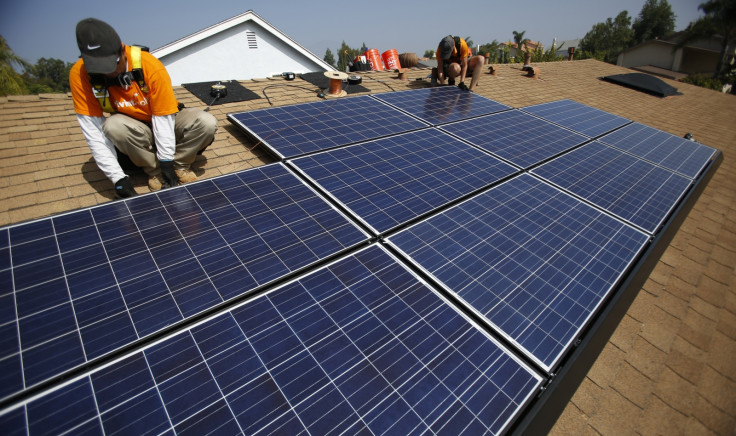Photosynthesis discovery could lead to more efficient solar cells
Solar energy remains our cleanest and most abundant energy source.

A natural process that takes place during photosynthesis could lead to the design of more efficient solar cells, according to new research from Georgia State University.
Plants, algae and a type of bacteria - called cyanobacteria - all undertake photosynthesis which involves converting energy from the sun and turning it into chemical energy to fuel the activities of the organism.
The findings of the study, published in the journal Proceedings of the National Academy of Sciences, provide evidence of how the process in question is responsible for natural photosynthesis being so efficient.
When light energy from the sun reaches a plant, it causes electrons, a kind of subatomic particle, to move rapidly between the cell membranes or cell barriers of the plant. A single electron will almost never return to its starting point, and this means that plants are extremely efficient at capturing energy from the sun. This movement of electrons is referred to as 'inverted region electron transfer.'
On the contrary, in man-made solar cells, a single electron will often return to its starting point which makes the mechanism inefficient meaning much of the captured solar energy is lost.
In 1992, Dr. Rudolph Marcus won the Nobel Prize in Chemistry for his theoretical work on this phenomenon. However, the precise mechanism has not been observed in a natural process of photosynthesis until now.
The team examined photosynthesis reactions in a species of cyanobacterium called Synechocystis, which converts solar energy in the same way that plants do.
"We were able to reveal the existence of the mechanism for the first time by inventing a method to allow us to successfully undertake the required challenging experiments," said Dr. Gary Hastings, lead author of the study. "Our findings point to new ways on how one might think about designing artificial solar cells that can be used, for example, for producing hydrogen gas, which can be used as a clean and renewable fuel."
Solar energy is very clean and has huge potential due to it being the most abundant energy source available to us. According to Hastings, if it were possible to tap into even a small fraction of all the solar energy that reaches Earth, our energy needs would be fulfilled. Hence the importance of developing more efficient solar cells which could be easily upscaled.
Hastings continues: "The details that underlie efficient solar energy conversion in plants are poorly understood. This is unfortunate, as detailed knowledge in this area is important to aid in quests to design economically viable artificial solar converters. Our work has revealed one design principle that is at play in efficient solar energy conversion in plants, and the hope is that this principle could be utilised in the design of new and better types of artificial solar cells."
© Copyright IBTimes 2025. All rights reserved.





















